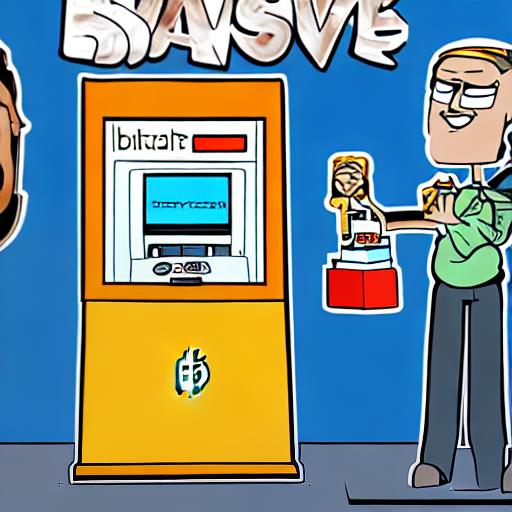The Rise of Bitcoin ATMsAs the cryptocurrency market continues to gain traction, physical access to digital assets is becoming increasingly important.
Enter Bitcoin ATMs (BATMs), which provide a convenient way for users to buy and sell Bitcoin and other cryptocurrencies using cash.
BATM Availability and UsageBATMs have witnessed a rapid surge in popularity in recent years.
According to Coin ATM Radar, there are over 37,000 BATMs worldwide, with the majority located in North America and Europe.
Users can easily find BATMs near them by using online directories or mobile apps.
The usage of BATMs has also significantly increased.
In 2022, the total transaction volume through BATMs reached over $1 billion per month.
This growth is attributed to factors such as the rising popularity of cryptocurrency, limited access to traditional banking services in certain areas, and the ease and convenience of using BATMs.
Regulatory LandscapeThe regulatory landscape for BATMs is still evolving.
In the United States, BATMs are subject to federal regulations by the Financial Crimes Enforcement Network (FinCEN).
Operators of BATMs must register with FinCEN and follow anti-money laundering (AML) and know-your-customer (KYC) procedures.
Other countries have varying regulatory frameworks for BATMs.
In some jurisdictions, BATMs are treated as virtual asset service providers, while in others, they are classified as money transmitters.
This regulatory diversity can impact the availability and operation of BATMs in different regions.
Benefits of BATMsBATMs offer several benefits to users:
Convenience:
BATMs provide a convenient and accessible way to buy and sell cryptocurrencies using cash.
Simplicity:
The process of using BATMs is straightforward and requires no technical knowledge.
Anonymity:
Some BATMs allow users to make transactions without providing personal information, ensuring a level of anonymity.
Challenges and Future ProspectsDespite their benefits, BATMs also face some challenges:
Fees:
BATMs typically charge higher fees than other methods of buying and selling cryptocurrencies.
Security:
BATMs can be vulnerable to hacking and malware attacks.
Regulatory uncertainty:
The regulatory landscape for BATMs is still developing, which can create uncertainty for operators and users.
Despite these challenges, the future of BATMs looks promising.
As cryptocurrency adoption continues to rise, BATMs will likely play an increasingly important role in providing physical access to digital assets.
Innovations such as facial recognition technology and biometric verification will enhance security and improve the user experience.
ConclusionBitcoin ATMs are becoming an integral part of the cryptocurrency ecosystem, providing a convenient and accessible way for users to buy and sell digital assets.
While the regulatory landscape and security concerns remain key considerations, the rise of BATMs reflects the growing demand for physical access to cryptocurrencies.
As the market evolves, BATMs are expected to continue to expand and play a significant role in the mainstream adoption of cryptocurrency.

